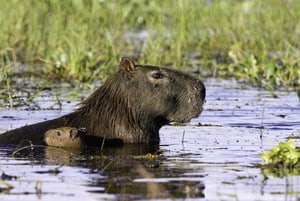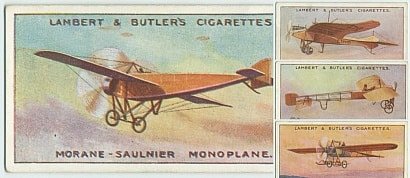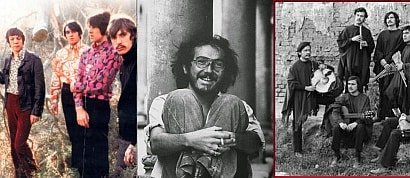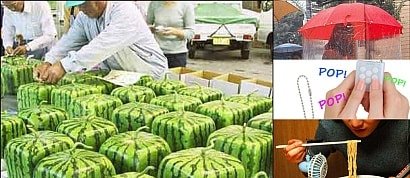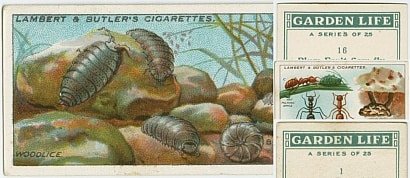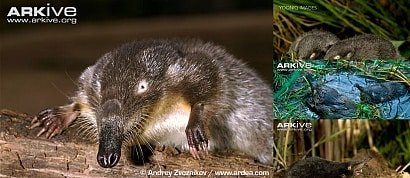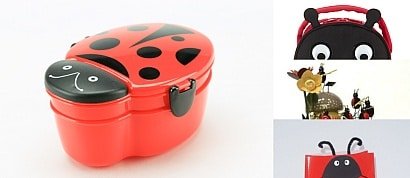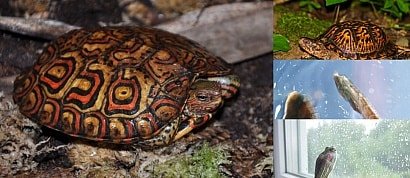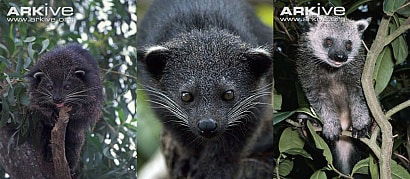Another list of my favorite images of capybaras.
List #1 may be viewed here: www.listal.com/list/favorite-images-of-capybaras
en.wikipedia.org/wiki/Capybara
The capybara (Hydrochoerus hydrochaeris) is the largest rodent in the world.
Its closest relatives are guinea pigs and rock cavies, and it is more distantly related to the agouti, chinchillas and the coypu.
Native to South America, the capybara inhabits savannas and dense forests and lives near bodies of water. It is a highly social species and can be found in groups as large as 100 individuals but usually lives in groups of 10–20 individuals.
The capybara is not a threatened species and is hunted for its meat, hide and also for a grease from its thick fatty skin which is used in the pharmaceutical trade.
The capybara has a heavy, barrel-shaped body and short head, with reddish-brown fur on the upper part of its body that turns yellowish-brown underneath. Its sweat glands can be found in the surface of the hairy portions of its skin, an unusual trait among rodents.The animal lacks under hair, and guard hair differs little from over hair.
Adult capybaras grow to 107 to 134 cm (3.51 to 4.40 ft) in length, stand 50 to 64 cm (20 to 25 in) tall at the withers, and typically weigh 35 to 66 kg (77 to 146 lb), with an average in the Venezuelan llanos of 48.9 kg (108 lb). The top recorded weights are 91 kg (201 lb) for a wild female from Brazil and 73.5 kg (162 lb) for a wild male from Uruguay.
Capybaras have slightly webbed feet and vestigial tails. Their hind legs are slightly longer than their forelegs; they have three toes on their rear feet and four toes on their front feet. Their muzzles are blunt, with nostrils, and the eyes and ears are near the top of their heads. Females are slightly heavier than males.
Capybaras are herbivores, grazing mainly on grasses and aquatic plants, as well as fruit and tree bark. They are very selective feeders and will feed on the leaves of one species and disregard other species surrounding it. They eat a greater variety of plants during the dry season, as fewer plants are available. While they eat grass during the wet season, they have to switch to more abundant reeds during the dry season.
Plants that capybaras eat during the summer lose their nutritional value in the winter and therefore are not consumed at that time. The capybara's jaw hinge is not perpendicular and they thus chew food by grinding back-and-forth rather than side-to-side.
Capybaras are coprophagous, meaning they eat their own feces as a source of bacterial gut flora, to help digest the cellulose in the grass that forms their normal diet, and to extract the maximum protein and vitamins from their food. They may also regurgitate food to masticate again, similar to cud-chewing by a cow.
As is the case with other rodents, the front teeth of capybaras grow continually to compensate for the constant wear from eating grasses; their cheek teeth also grow continuously.
They can have a life span of 8–10 years on average, but live less than four years in the wild, as they are a favourite food of jaguar, puma, ocelot, eagle and caiman. The capybara is also the preferred prey of the anaconda.
Added to
People who voted for this also voted for
Film Diary of 2023
Basil Rathbone's Sherlock Holmes
British Comedy: Goodnight Sweetheart
Cigarette Cards: Aviation (1915)
Edith Evans Best Movies
Cigarette Cards: Evolution of the British Navy
Blue morning - Blue Day
British Mystery: A Touch of Frost
Imelda Staunton Partial Filmography
R.J. Lea Cigarette Cards
Silver Crane - Best Lithuanian movie of the year
Weird Japanese inventions
Documentaries - Beauty of Nature »1«
Remembering Cindy Williams
Cigarette Cards: Garden Life (1930)
More lists from kathy
Animals - D
Favorite Images of Russian Desmans
Favorite Ladybird Collectibles #2
Favorite Images of Turtles & Tortoises #2
My Vehicle Lists
Favorite Banacek Episodes
Favorite Images of Binturongs
 Login
Login